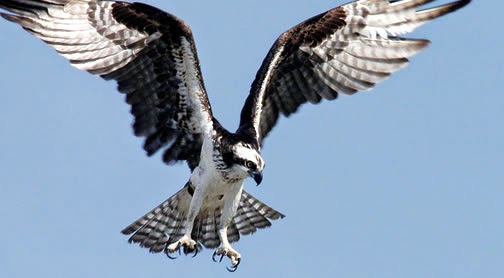The largest estuary in the United States
I recently made a move from the Outer Banks of North Carolina to south eastern Virginia - which was a HUGE transition for me. Going from a majestic sand bar to a bustling city....well lets just say we are still adjusting. But one thing that we have going for us is the Chesapeake Bay - it is literally right in my back yard!
The following posts are here to benefit you and me - we all need to realize what is in our backyard. Where to go, what to see, how to see it, how to get there etc.
I majored in Marine Technology and my deep passion is coastal environments so I hope you enjoy our exploration through the Bay as much as I am going to!
So follow me this coming week on an exploratory trip through the Chesapeake Bay!
The Bay is huge and it stretches from southern Virginia to northern Maryland making it necessary to split it into two parts, lower and upper.
But first....
> > > > > > > > > > > > > > > > > > > > > > > > > > > > >
Some fun facts!!!
Geography
The Chesapeake Bay is an estuary: a body of water where fresh and salt water mix.
The Bay is about 200 miles long
The Bay's width ranges from 4 miles near Aberdeen, Maryland to 30 miles near Cape Charles, Virginia
The Bay is actually very shallow, the average depth is about 21 feet. According to The Chesapeake Bay Program a person that is 6 feet tall could wade through more than 700,000 acres of the Bay and never get his/her hair wet.
Along with the shallowness there are deep troughs that are as much as 174 feet deep. They are believed to be the remnants of the ancient Susquehanna River.
The bay and tidal tributaries have 11,684 miles of shoreline - that is more than the entire west coast.
The surface area of the Bay and its tidal tributaries is approximately 4,480 square miles.
Two thirds of the United States five major North Atlantic ports - Baltimore and Hampton Roads - are on the Bay.
I live in the Hampton Roads area!
Water and Watershed
The Bay holds more than 18 trillion gallons of water.
It receives about half of its water volume from the Atlantic ocean and the rest drains into the Bay from a 64,000 square mile watershed.
The Chesapeake Bay watershed spans 6 states - Virginia, West Virginia, Maryland, Delaware, New York, Pennsylvania, and the entire District of Colombia.
Over 150 streams, creeks, and river drain into the Bay contributing to the 18 trillion gallons of water that it holds.
Approximately 51 billion gallons of water flow into the Bay each DAY from freshwater sources.
More than 80 % of the Bay's fresh water comes from the three largest rivers that flow into it - the Susquehanna, Potomac, and the James River.
The largest of those rivers is the Susquehanna providing over 50% of the fresh water and an average of over 19 million gallons of water per minute.
More than 17 million people call the Chesapeake Bay watershed home and about 150,000 new people move to the Bay each year.
There are nearly 1,800 local governments in the Bay watershed, including towns, cities, counties, and townships.
The watershed contains three distinct geological regions: the Atlantic coastal plain, the Piedmont plateau and the Appalachian province.
About 8 million acres of land in the Bay are permanently protected from development.
There are more than 700 public access points on the Bay and its tributaries.
The Chesapeake Bay was the first estuary ever in the nation to be targeted for restoration as an integrated watershed and ecosystem.
Flora and Fauna
The Bay supports more than 2,700 species of plants and animals, including 348 species of finfish and 173 species of shellfish.
The Bay produces about 500 million pounds of seafood per year!
The Chesapeake region is home to at least 29 species of waterfowl. Nearly one million waterfowl winter on the Bay which is approximately one-third of the Atlantic coast's migratory population. The birds stop to feel and rest of the Bay during their annual migration along the Atlantic Flyway.
Nearly 80,000 acres of bay grasses grow in the shallows of the Chesapeake Bay and its tributaries. Young and molting blue crabs rely on the Bay's grass beds for protection from predators.
About 284,000 acres of tidal wetlands grow in the Bay region which provide crucial habitats for fish, birds, crabs and other species.
Forests cover 58 percent of the watershed but sadly the region loses about 100 acres of forest each day to development.
Source: Chesapeake Bay Program








No comments:
Post a Comment
Thank you so very much for taking the time to visit my blog! Traveling is very dear to me and sharing my travels and desires with you makes my heart smile. I want to hear all about your adventures because sharing travel stories is the root to all inspiration. Also, any suggestions you may have on how I can improve this blog - I am all ears!!
Smiles,
Allie xoxo